Meant to post this at the end of the year,anyway here goes.
Rather a report for each place,i feel they suit a complilation better.
Herculaneum Dock Petroleum Stores
Active Period - 1767 to 1972
In 1972 Herculaneum Dock closed and was filled in shortly after. The oil trade has moved across the river to Tranmere. The casemates are still very cheap to rent so are used to store explosives, radioactive substances and sometimes wine and cotton.
In 2004, the site was bought by national property developer David McLean Homes and a riverside residential development, called City Quay, Liverpool was built on the dock.
Each Store are a 60 ft Tunnel with heavy doors (casemates) are dug into the sandstone above the dock. They were used for storing petroleum. For safety purposes these were well away from other docks. They were the first specialist facility on the Mersey. Other dangerous materials were also stored there including turpentine, resin and explosives.
Visited with Georgie
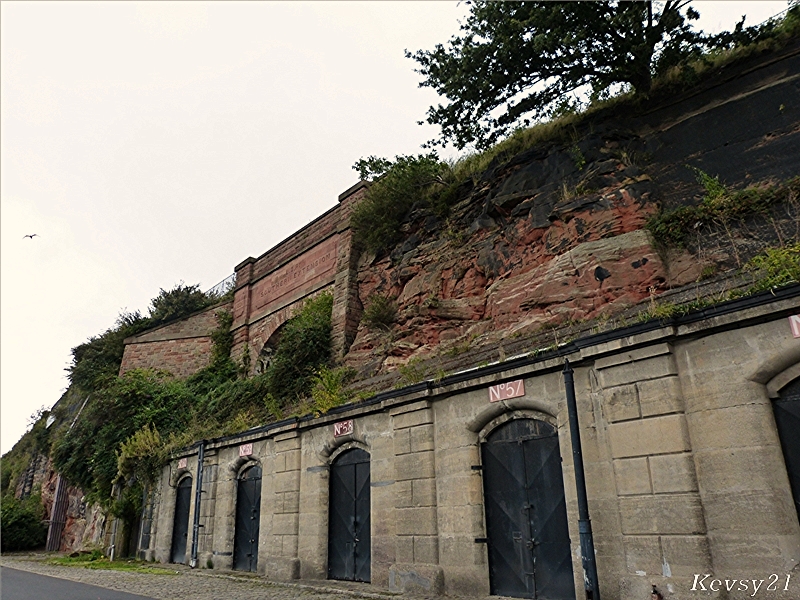
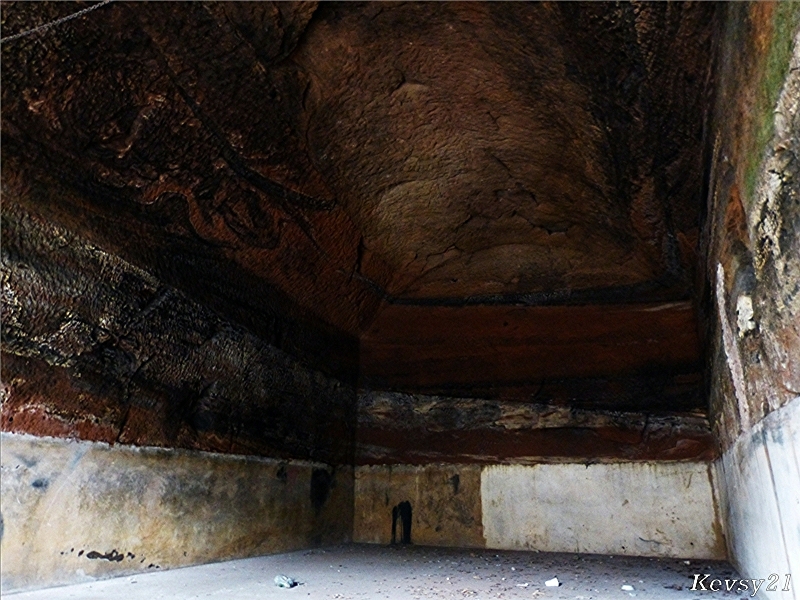
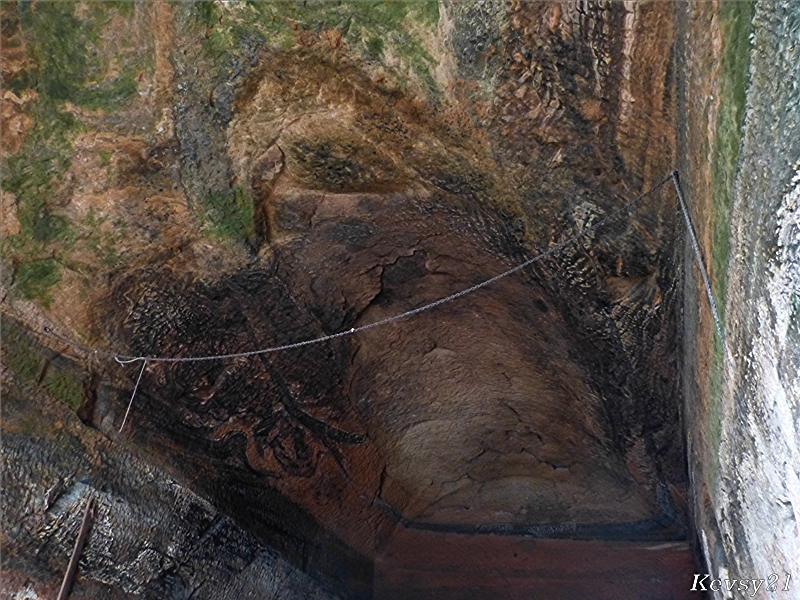
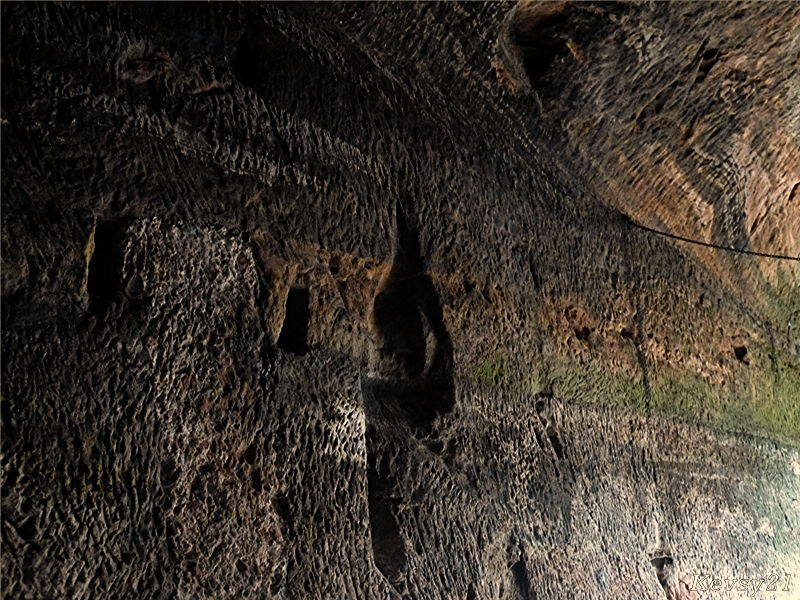
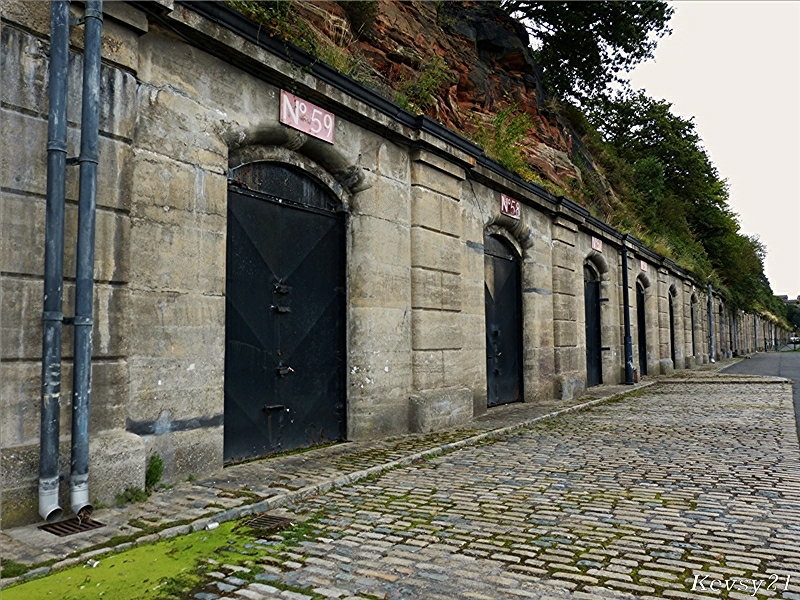
Welsh Presbyterian Church
The Welsh Presbyterian Church in Liverpool, also known as the Welsh Cathedral or Toxteth Cathedral, is a ruined church, located in Toxteth, Liverpool. In spite of its nicknames, it is not an actual cathedral and never was.
The building was designed by the Audsley Brothers and was opened in 1868.At 61 metres (200 ft),[ it was the tallest building in Liverpool at the time.
It is a Grade II listed building, meaning it has historical significance and may not normally be demolished. Various proposals to renovate the structure have been made over the years, and some remain under consideration.
Visited with Georgie and Sparkuk.
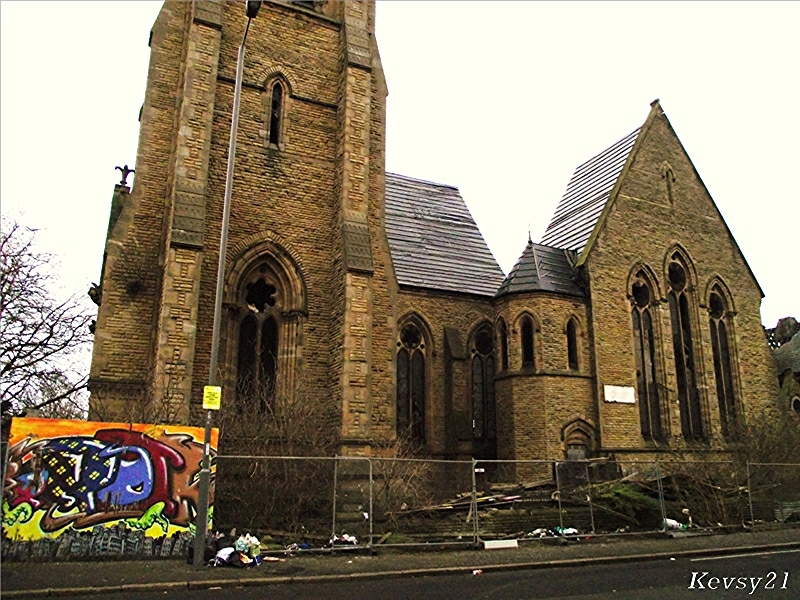
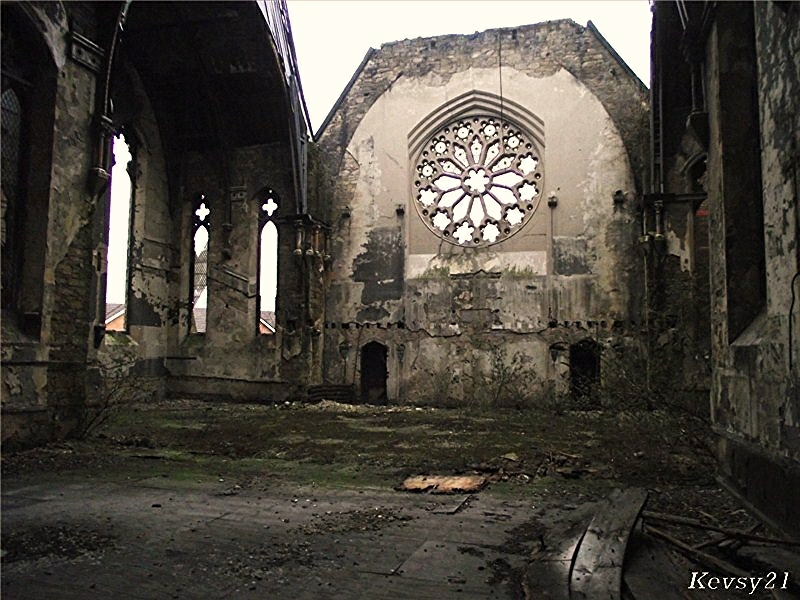
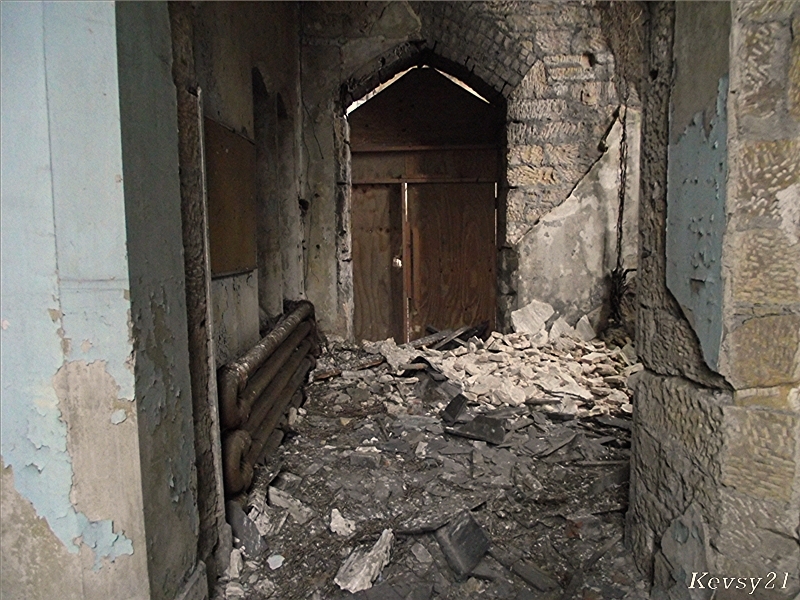
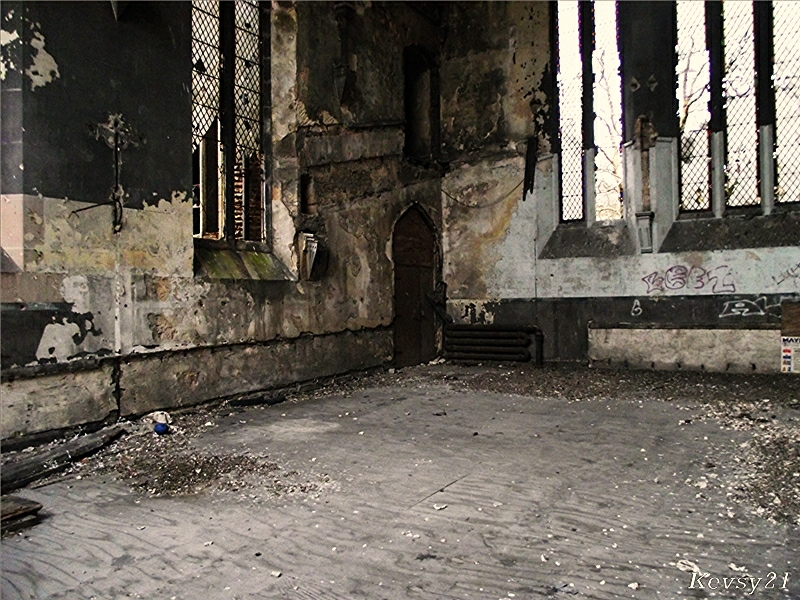
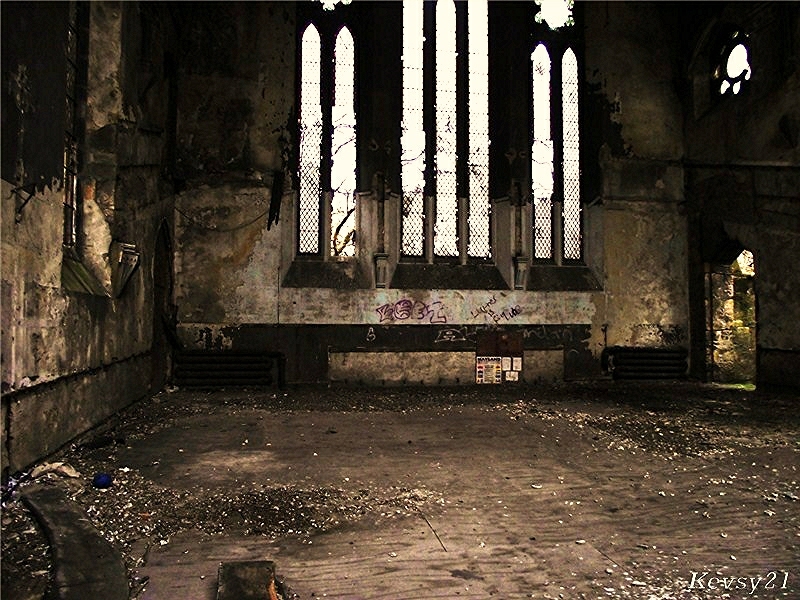
Old Nicks Caves
Visited with Georgie
An artificial cave also known as Old Nick's Caves. This was built around 1870 by French rockwork specialist M. Combaz. It is Grade 2 listed.
The main grotto structure remains largely intact with three openings, and a staircase leading to an opening in the roof.
The internal chamber once contained waterfalls and cascades that fell over the rockwork and flowed into the mirror pond.
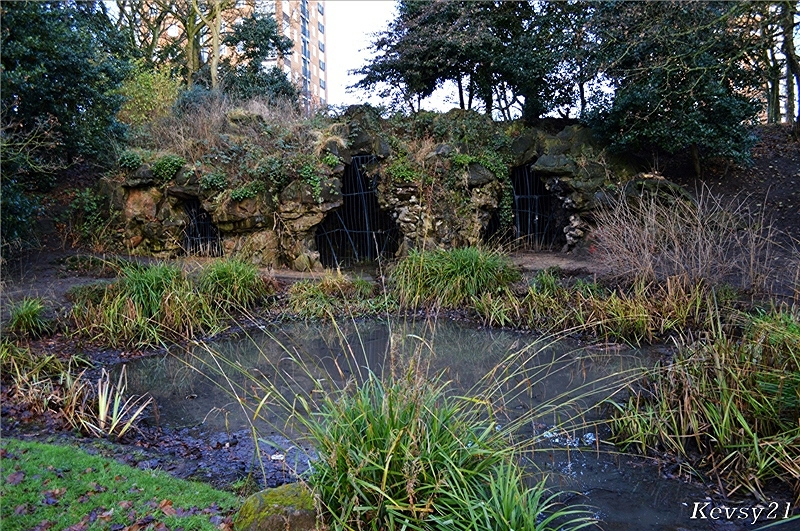
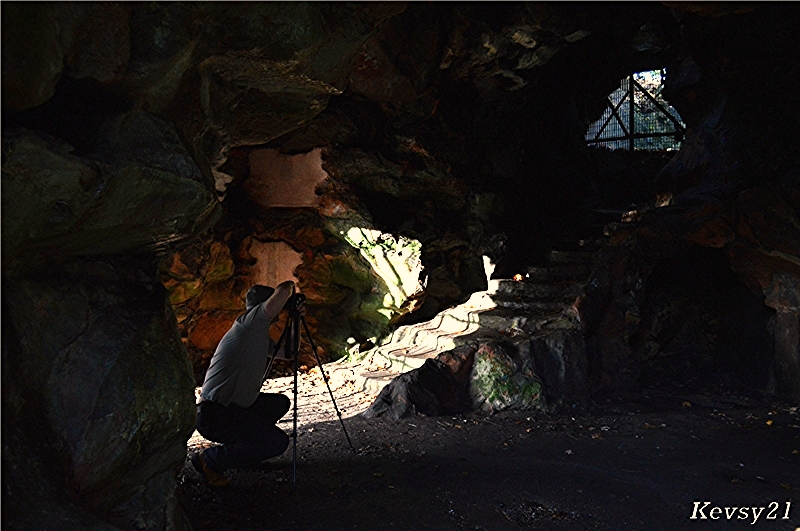
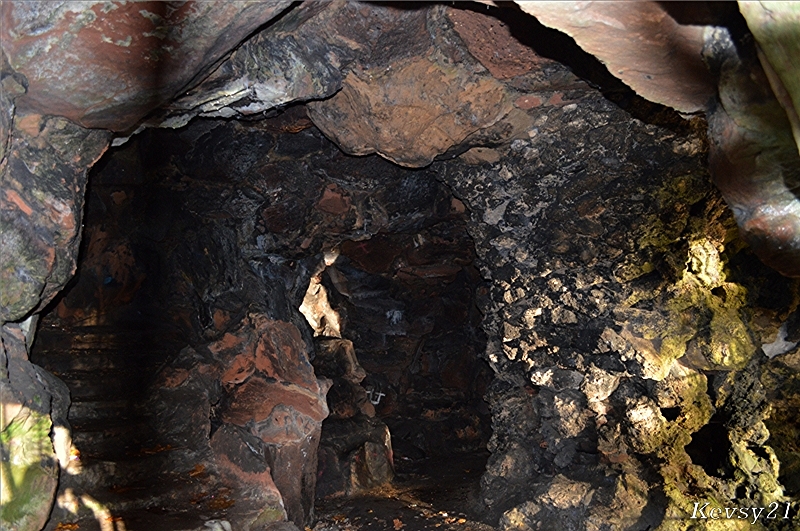
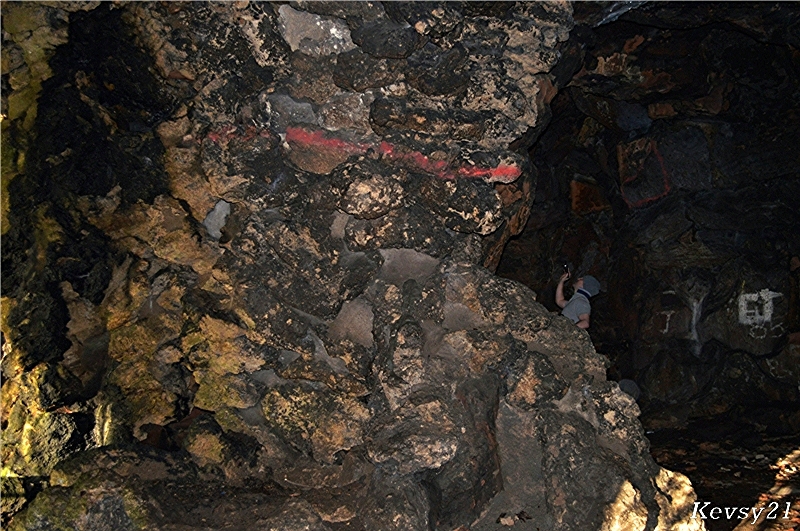
A Widnes Culvert
Visited with Georgie
We came across this on a wander checking out other stuff but thought we would check it out anyway.Not that long but at least new ground.
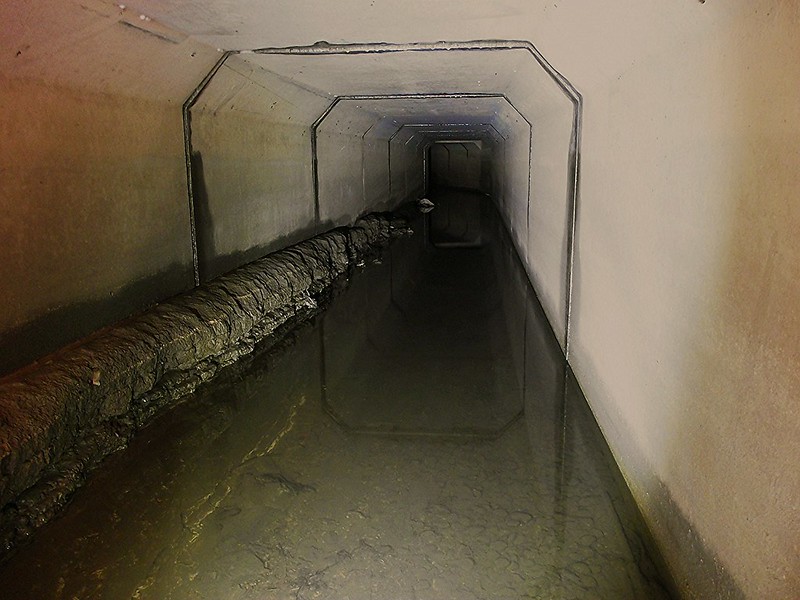
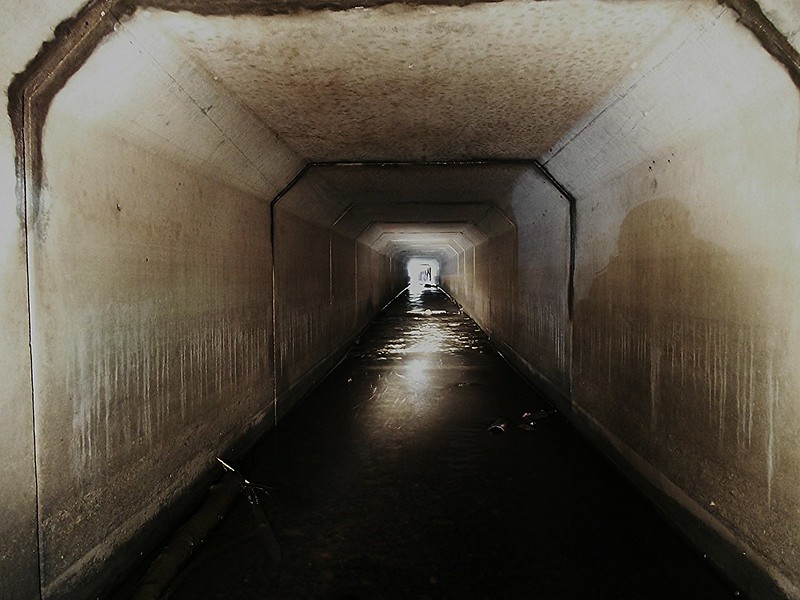
Thanks for looking
Rather a report for each place,i feel they suit a complilation better.
Herculaneum Dock Petroleum Stores
Active Period - 1767 to 1972
In 1972 Herculaneum Dock closed and was filled in shortly after. The oil trade has moved across the river to Tranmere. The casemates are still very cheap to rent so are used to store explosives, radioactive substances and sometimes wine and cotton.
In 2004, the site was bought by national property developer David McLean Homes and a riverside residential development, called City Quay, Liverpool was built on the dock.
Each Store are a 60 ft Tunnel with heavy doors (casemates) are dug into the sandstone above the dock. They were used for storing petroleum. For safety purposes these were well away from other docks. They were the first specialist facility on the Mersey. Other dangerous materials were also stored there including turpentine, resin and explosives.
Visited with Georgie





Welsh Presbyterian Church
The Welsh Presbyterian Church in Liverpool, also known as the Welsh Cathedral or Toxteth Cathedral, is a ruined church, located in Toxteth, Liverpool. In spite of its nicknames, it is not an actual cathedral and never was.
The building was designed by the Audsley Brothers and was opened in 1868.At 61 metres (200 ft),[ it was the tallest building in Liverpool at the time.
It is a Grade II listed building, meaning it has historical significance and may not normally be demolished. Various proposals to renovate the structure have been made over the years, and some remain under consideration.
Visited with Georgie and Sparkuk.





Old Nicks Caves
Visited with Georgie
An artificial cave also known as Old Nick's Caves. This was built around 1870 by French rockwork specialist M. Combaz. It is Grade 2 listed.
The main grotto structure remains largely intact with three openings, and a staircase leading to an opening in the roof.
The internal chamber once contained waterfalls and cascades that fell over the rockwork and flowed into the mirror pond.




A Widnes Culvert
Visited with Georgie
We came across this on a wander checking out other stuff but thought we would check it out anyway.Not that long but at least new ground.


Thanks for looking



